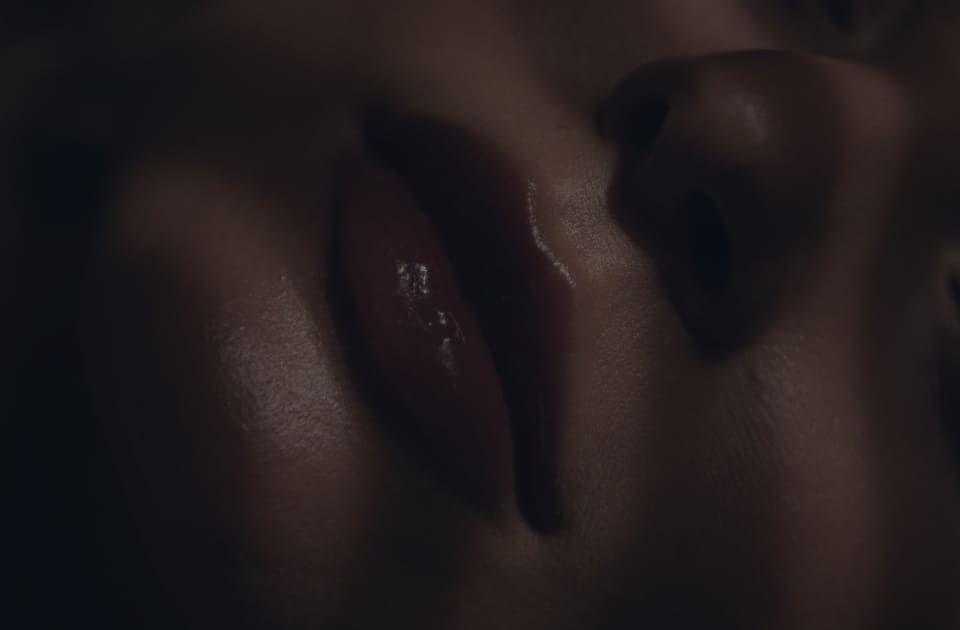McKeown Medical
167 Bath Street, Glasgow, G2 4SQ
Acne can be a traumatic experience for the patient; however, the scarring that it leaves behind can be just as debilitating. While the appearance of acne scarring can be softened, no single treatment is completely effective, and it is important to understand this before you embark upon any acne scarring protocol. In order to achieve best results, we normally advise a combination of multiple treatment modalities – although even then, the results will not be perfect. Still, many patients find that strategic treatment does help to improve scars left by acne, as well as their general disposition.
Acne can be a traumatic experience for the patient; however, the scarring that it leaves behind can be just as debilitating. While the appearance of acne scarring can be softened, no single treatment is completely effective, and it is important to understand this before you embark upon any acne scarring protocol. In order to achieve best results, we normally advise a combination of multiple treatment modalities – although even then, the results will not be perfect. Still, many patients find that strategic treatment does help to improve scars left by acne, as well as their general disposition.
This is an example of a patient who underwent a single session of laser resurfacing, a course of BBL treatment and two sessions of scar filling.
This is an example of a patient who underwent a single session of laser resurfacing, a course of BBL treatment and two sessions of scar filling.
This is an example of a patient who underwent a single session of laser resurfacing, a course of BBL treatment and two sessions of scar filling.
This is an example of a patient who underwent a single session of laser resurfacing, a course of BBL treatment and two sessions of scar filling.
This is an example of a patient who underwent a single session of laser resurfacing, a course of BBL treatment and two sessions of scar filling.
This is an example of a patient who underwent a single session of laser resurfacing, a course of BBL treatment and two sessions of scar filling.
Laser skin resurfacing is often helpful for more superficial acne scarring and we use the Sciton ProFractional and Sciton Contour TRL devices, depending on the particular patients scarring pattern. The Contour TRL removes the entire surface of the skin, and we typically do this superficially over the most severely scarred areas. Next, we penetrate much more deeply – to the bottom layers of the skin – using the ProFractional device, which allows us to get deeper than we could go with full field resurfacing. If there are any pigments left over from the acne process – red or brown spots – we may also add some BBL treatment to the protocol. Where scars are deeper, we may also add some filler under the scar to help even the surface. Finally, in the deepest scars – known as Ice Pick scars – we may need to surgically excise the scar using a punch excision.
Acne scarring is impossible to remove entirely but is an issue in which we can usually achieve incremental improvements by combining multiple treatments approaches.
An example of a patient treated with a single session of BBL for redness left over from acne and combination skin resurfacing to improve the texture of the skin after acne scarring.
An example of a patient treated with a single session of BBL for redness left over from acne and combination skin resurfacing to improve the texture of the skin after acne scarring.
An example of a patient treated with a single session of BBL for redness left over from acne and combination skin resurfacing to improve the texture of the skin after acne scarring.
An example of a patient treated with a single session of BBL for redness left over from acne and combination skin resurfacing to improve the texture of the skin after acne scarring.
Finding the right treatment, or combination of treatments, is the key to achieving the best improvement for each individual patient. Following laser resurfacing, patients can typically expect around seven days of downtime, although full healing and final results can take a number of months to evolve.
For the deepest scars, we may need to surgically excise the scar using punch excision. See this treatment in action.
Your treatment plan will be tailored to your individual needs and the results you are looking to achieve.
Finding the right treatment for you is the most important factor in ensuring that you are on the correct path to achieve the results you desire. Our pre-consultation enquiry helps us to identify your needs and, ultimately, gets you on the right path to achieving your optimal results.
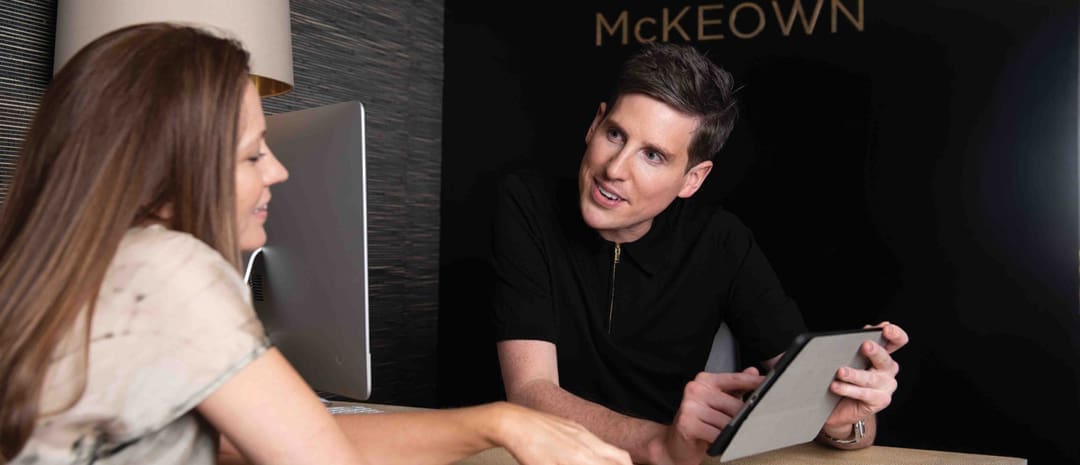
Hear from our patients about their experience at McKeown Medical.
1 / 13
2 / 13
3 / 13
4 / 13
5 / 13
6 / 13
7 / 13
8 / 13
9 / 13
10 / 13
11 / 13
12 / 13
13 / 13
From the moment I walked through the door I was treated so well by every member of staff, all so friendly and helpful. I received Halo and BBL I was a little nervous but Dr Rhona completely put my mind at rest.
After my treatments I was taken good care of and Dr Darren came and reassured me too which was an added bonus. I returned a few weeks later for my checkup and again was treated so well, Dr Darren remembered me which was lovely.
I am delighted with the results of my treatment I feel my skin looks so much fresher and this in turn has lifted my self esteem which had previously been at a low point. I highly recommend both these treatments and would not hesitate to return to Dr Darren’s Clinic in the future. Thank you to all again.
A McKeown Medical patient December 2023
It’s just a lovely clinic. Everyone is very professional and it feels very high end, so you know you’re in safe hands, but they’re also friendly, welcoming and warm which really matters when visiting as it helps you feel at ease & relaxed.
The best place for the best advice and the best service. Friendly, knowledgeable and professional.
A McKeown Medical patient November 2023
The whole experience was fabulous. My phone consultation was very knowledgeable and friendly and everyone in the office was so welcoming. I’ll definitely be back.
A McKeown Medical patient April 2024
I saw Dr Rhona Cameron who I have seen before. She is very welcoming and has a lovely manner. She is easy to talk to and I am very pleased with the results.
A McKeown Medical patient November 2023
Made me feel really calm and relaxed and staff from reception and treatment room were so pleasant and very professional.
Dr Darren was amazing. Made me so comfortable and so so pleasant. Such a lovely guy! Highly recommend, absolutely delighted so far – although, as advised, a bit swollen! Thank you so much.
A McKeown Medical patient April 2024
From start to finish the team and Dr Darren were so welcoming and professional. Everything was explained clearly and the results are more than I could have hoped for.
A McKeown Medical patient April 2024
I am delighted with the subtle changes that have made such a difference to my face giving me so much more confidence. Dr Darren is one of the very best so I had total trust in what he was doing. Every member of staff make you feel at ease, they are all so lovely and friendly.
A McKeown Medical patient March 2024
Dr Rhona was lovely and put me at ease before and during the treatment. I was well informed of my options prior to treatment taking place and aftercare was explained thoroughly too. Will definitely be revisiting soon.
A McKeown Medical patient March 2024
Dr Rhona was particularly kind and sensitive to my needs and her care is very patient centred.
A McKeown Medical patient October 2023
From my very first contact with yourselves to the minute I left the attention to detail and client service was impeccable, every member of staff I came into contact with was so friendly and professional put me at ease so much. Sometimes I get a little overwhelmed with environments like this however this was furthest from my thoughts on arrival.
My consultation answered all concerns Dr Rhona explained what would give me best results as to what I was looking to achieve . As I was travelling from a far your team kindly got my booked in same day for my treatment so I didn’t have to make another journey. Upon my procedure which again every step of the way was explained my therapist was so attentive talked me through everything step as she was carrying out my treatment and explained all my after care.
I am currently in day 3 of the Halo treatment and everything is exactly what I was told to expect. I am now looking forward to seeing end result. Thank you to you and your team .
A McKeown Medical patient May 2024
Lovely friendly staff. Came out after treatment feeling so much better about my appearance. Dr Darren McKeown puts you at ease and gives you a wonderful boost. Thank you all.
A McKeown Medical patient March 2024
I have so much trust and faith in Dr Darren and I thank him dearly for all that he has done for me to improve my confidence.
A McKeown Medical patient September 2023
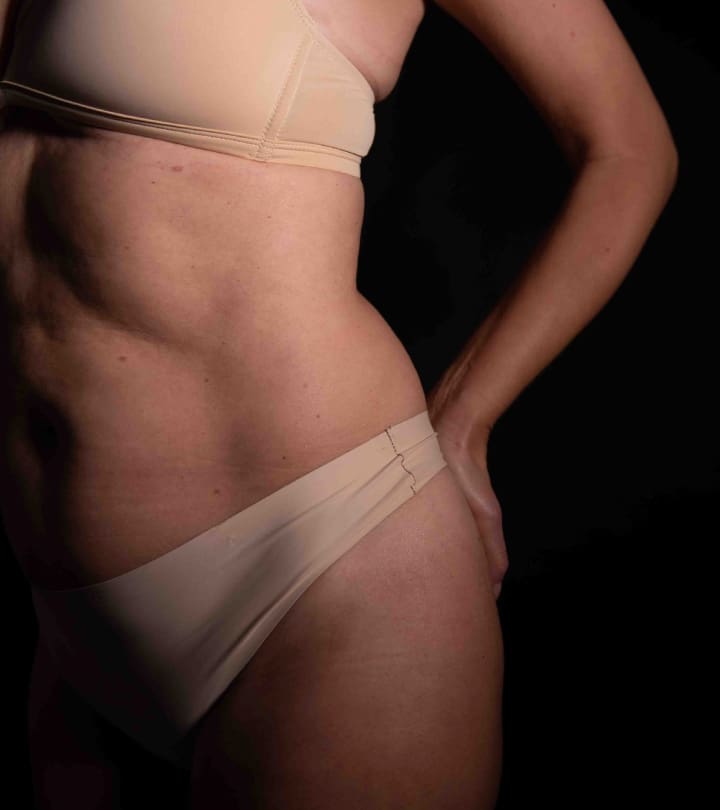
Our combination acne treatments enable us to subtly improve the appearance of acne scarring, while promoting the production of new collagen and refining the skin’s texture. However, the result is never perfect – and this must always be taken into account before embarking upon a course of treatment.
Topical numbing cream is used prior to most laser treatments, in order to reduce discomfort, and can also help to keep the skin cool. Where we are planning to go particularly deep over scarred areas then we will often add some local anaesthetic injections to improve the patient comfort.
After skin resurfacing, most patients can expect to be out and about again after a week – although this does vary from patient to patient. Sometimes it can take longer for the skin to heal, particularly if you are unlucky enough to develop a complication like an infection after the procedure which requires additional treatment. Most discomfort from the procedure subsides within the first 24 hours, although the redness and swelling typically get worse for the first few days before slowly starting to improve.
After your initial healing period, in around a week or so, you should notice some improvement in your scarring. The results however improve and evolve over a period of months as the collagen matures and your skin continues to heal below the surface. You will also see gradual incremental changes from each of the subsequent procedures in your recommended treatment plan.

Dr Rhona Cameron is a skilled injector who has been extensively trained in Dr McKeown’s signature intuitive technique. Her treatments blend advanced facial optimisation with powerful, energy-based devices – such as lasers, BBL and radio frequency – energising the appearance and enhancing skin health. approach; delivering flawless results – and rejuvenation that lasts.
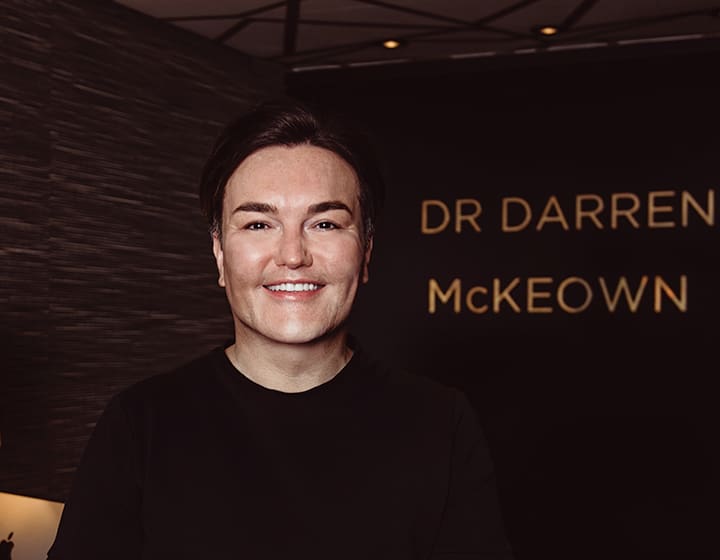
Our founder, Dr Darren McKeown, is renowned for his expertise and artistry with dermal fillers. As a peer-reviewed medical author, he is passionate about treatments that stand up to scientific scrutiny. Above all, Dr McKeown believes in a global approach; delivering flawless results – and rejuvenation that lasts.
1 / 2
2 / 2

Dr Rhona Cameron is a skilled injector who has been extensively trained in Dr McKeown’s signature intuitive technique. Her treatments blend advanced facial optimisation with powerful, energy-based devices – such as lasers, BBL and radio frequency – energising the appearance and enhancing skin health. approach; delivering flawless results – and rejuvenation that lasts.

Our founder, Dr Darren McKeown, is renowned for his expertise and artistry with dermal fillers. As a peer-reviewed medical author, he is passionate about treatments that stand up to scientific scrutiny. Above all, Dr McKeown believes in a global approach; delivering flawless results – and rejuvenation that lasts.
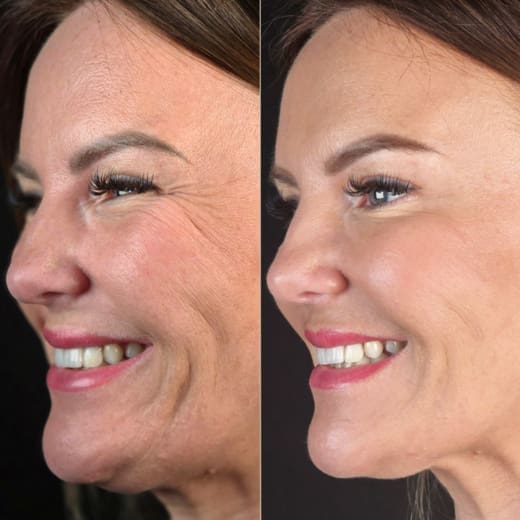
Relfydess is one of the most talked-about and exciting new arrivals in the world of aesthetic medicine — a next-generation...
1 / 3
2 / 3
3 / 3

Relfydess is one of the most talked-about and exciting new arrivals in the world of aesthetic medicine — a next-generation...
Keep up to date with the latest news from McKeown Medical and get access to expert insights, our latest before and afters and exclusive offers.
